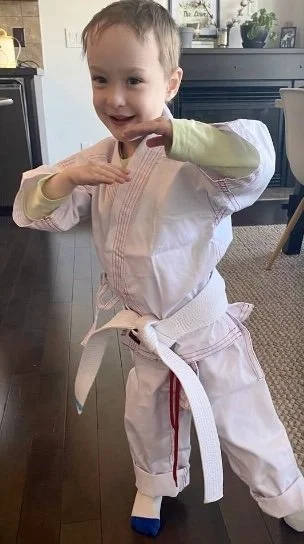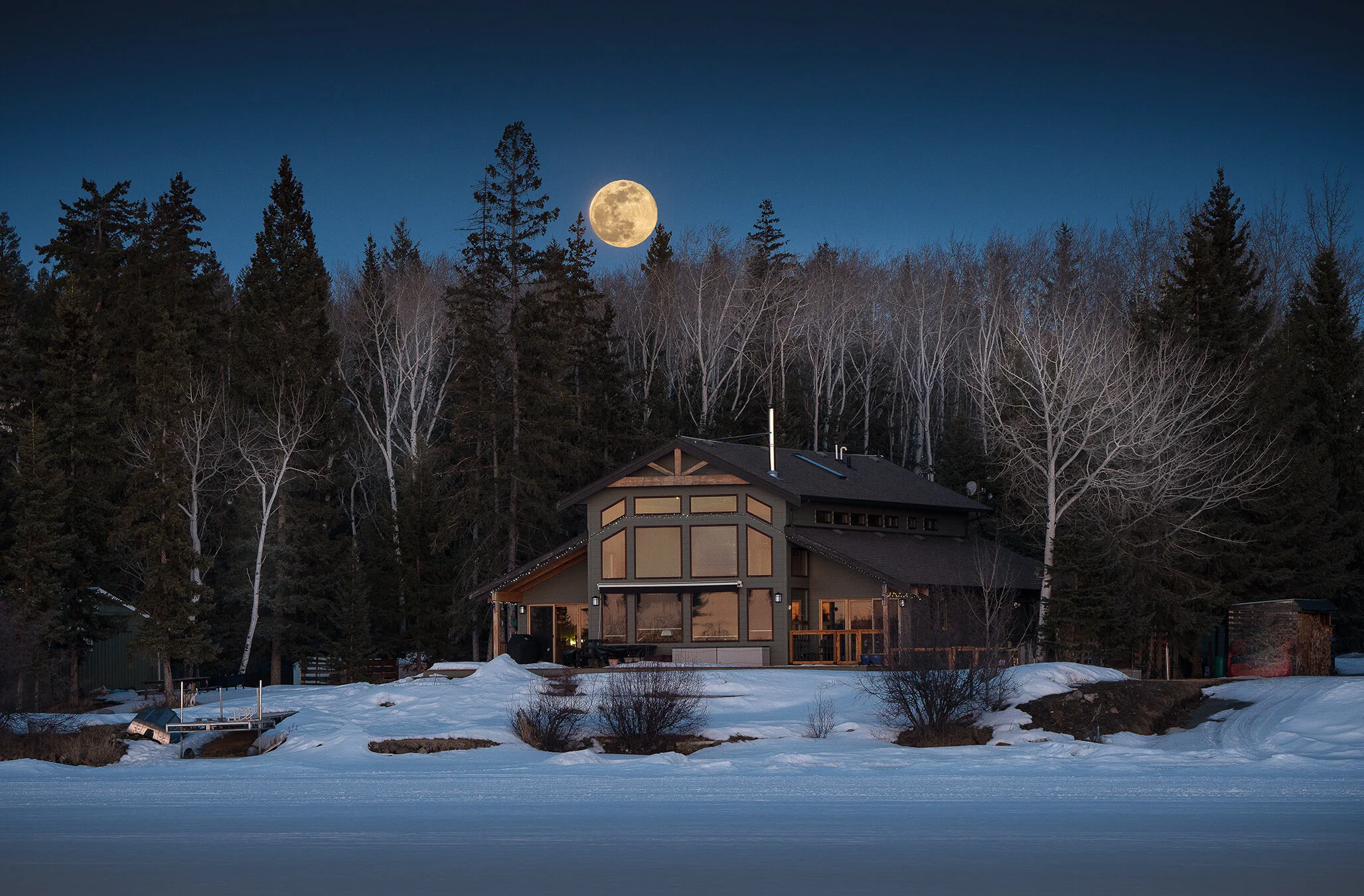I finally retired at the end August 2019, and it’s been a whirlwind ever since, so I have some catching up to do here!
Renovated our kitchen, enjoying 4 grandchildren, Christmas craziness, and BAM, Covid-19 pandemic. Isolation, floods, fires, highest water levels at the lake in 35 years or so. Sandwiched in there I launched a new book and broke in a new camera, Trump is still being Trump, huge firearms ban in Canada, and some national tragedies unfolded.
As of the end of April:
The Prime Minister issued a Stay-At-Home-Order and if we must go out for groceries or prescriptions, we must maintain 6 ft/2 meters distance. No hugging or touching. We are chatting online to friends, because we can't socialize in person.
1 week ago Nova Scotia was rocked with the worst mass murder in Canadian history and not related to the lock-down.
Today Fort Mac under extreme flood evacuation.
- The Canadian dollar is worth $ 0.71 to the US dollar, 1 euro $1.52 and the pound is worth $1.14 euro.
- Schools have been closed since mid March and teachers are teaching remotely on-line. This will likely continue for the rest of the school year.
- There are lines / tapes inside the stores on the floors to keep people 6 feet apart.
- Bars and restaurants are open only for takeout, home delivery & pick-up.
- Parks, beaches, hiking trails and walk-in places are not accessible to the public.
-Doctors appointments are by telephone or video chat.
- All major and minor league sports competitions have been cancelled as well as kid's sports.
- All festivals and entertainment events have been banned.
- Weddings, family celebrations and birthdays have been cancelled. Funerals limited to 10-20 people.
- People are doing drive-by parades to celebrate birthdays!
- Young kids can’t understand why they can only see grandparents & other extended family and friends on a screen or thru a window if someone visits in person or on Face time online.
- Hugs, kisses and handshakes are not exchanged.
- The churches are closed or online.
- Talk show hosts are filming from their basements or front rooms via zoom online
- We have to stay away from each other more than six feet.
- Shortage of disposable masks and gloves in hospitals.
- There are fewer ventilators than there should be.
- People are wearing masks, some places even REQUIRE that you wear them to enter! People are even sewing their own cloth masks for sale or donation to medical facilities.
- Flour, yeast, eggs, Toilet paper, hand sanitizer, bleach, antibacterial wipes and anything Lysol or Clorox is in short supply and limited per person.... IF you can even find them!
- Stores are closing early to disinfect everything. (24 hour stores are even closing by 9pm)
- Store check outs, pharmacies and even fast food drive thru windows have added plexiglas between the employee and the customer.
- Australia, USA, Canada and Europe have closed their borders.
- No one is travelling for leisure. Airports are empty. Tourism has the worst crisis in history.
- Heightened anxiety is exhausting.
-hearts & rainbows in windows and doors across the world.
-yesterday May 17, one of the Canadian Snowbirds flight team crashed in Kamloops, killing one and severely injuring another.
The world is changed forever - we won’t be going back to the old normal way of doing things. We’re not out of it yet, as the virus is still very much a threat. But we will have to learn how to cope with it for now. There is so much uncertainty right now- so many people out of work, shortages of some basic needs, prices climbing, futures on hold… where we end up is anyone’s guess.




























































































